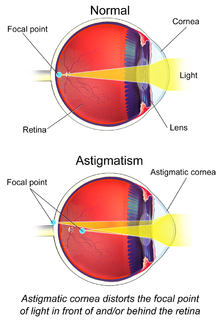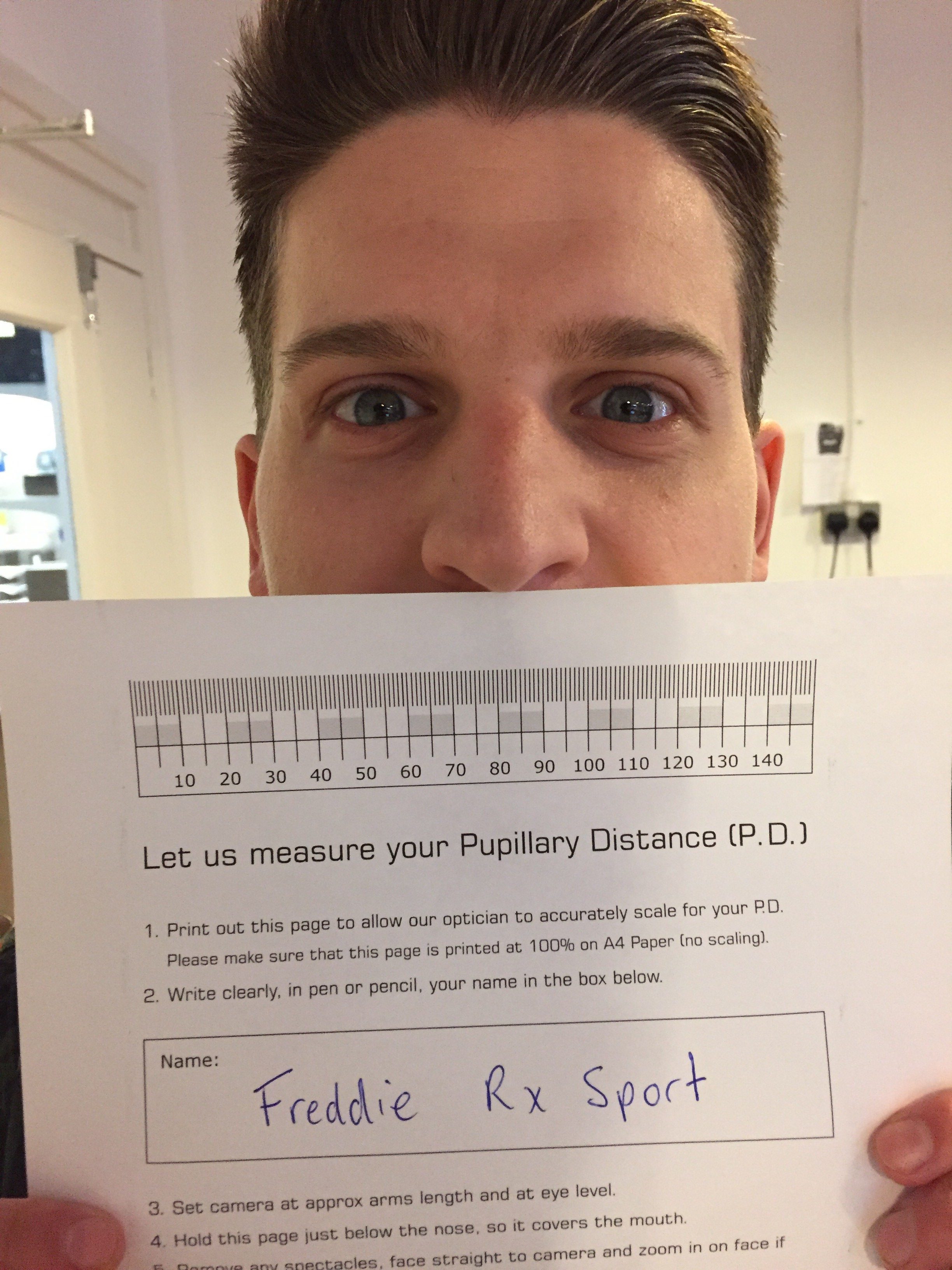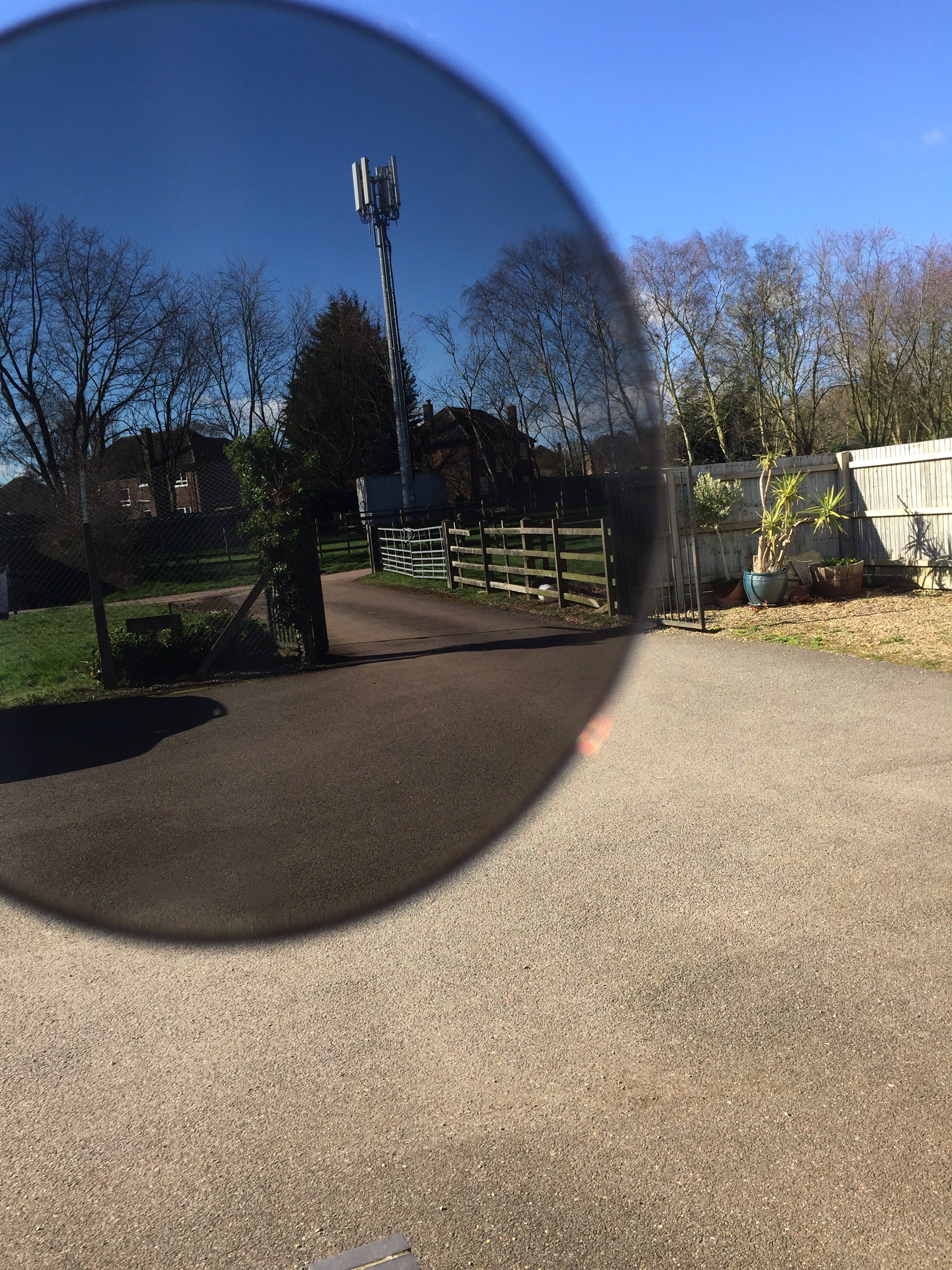RxSport Focus Week – Bolle
Founded in Oyonnax, France in 1888, Bolle were pioneers of moulding methods. This led to their first ski goggles being…
What better place to start… with all the numbers +’s and -‘s, not to mention some questionable handwriting from optometrists it is one of the most difficult things to get your head around! Especially when you’re new to the world of optical correction, it can be somewhat overwhelming! So, what do all the terms mean?
You’ll often see us here and you may have noticed the odd use of Rx… This is what we in the industry shorten ‘prescription’ to (for some reason). It does mean we don’t have to bother writing that big word all the time! So get down with the lingo and start using Rx!
So, the important stuff! Prescriptions are often written like this….

The first thing you would notice is that it is written the wrong way round, so the right eye is on the left and the left eye is on the right… Optician’s wouldn’t want to make it easy now would they!
When reading out your prescription, start with the SPH or Sphere. The spherical measurement is the measurement of the lens power. Basically it covers whether you are short or long sighted.
Everything prescription in the sphere and cylindrical measurements (don’t worry, we will get to that soon) go up in dioptres. The unit of measurement for the refractive power of the lens. Dioptres are measured in 0.25 steps, so if you have a Spherical measurement of +1.34 then it is wrong so give us a call!
As promised; Cylindrical (CYL) measurements! You’ll often hear us on the phones mention whether you have a CYL, this indicates the amount of lens power for astigmatism. It isn’t something that always comes on a prescription, so if it is blank it means nothing needs correcting!
mention whether you have a CYL, this indicates the amount of lens power for astigmatism. It isn’t something that always comes on a prescription, so if it is blank it means nothing needs correcting!
Cylinder basically means the distorted curvature of the eye. The easiest way to explain this is that if the lens of your eye isn’t a perfectly curved shape, then you will have an astigmatism. Much like a mis-shapen football flying through the air, the distorted curvature of the eve can cause blurred vision so the Cyl measurements correct this by shaping the lens.
Again CYL measurements can be in either + or – figures! However, it is very rare to have a prescription that is a minus sphere and a plus cylinder or vice versa, so give us a call and let us talk you through it!
Your CYL always has a sidekick, that sidekick being the Axis. The axis measures on what angle does the astigmatism sit, so is going to be a number between 0 and 180. Again, if there is no axis but the is a cyl on your prescription then give us a call!
Finally, Near/Add values. If you’re just after single vision lenses (distance) then turn a blind eye to this part of your prescription! This relates to the corrective power for your reading prescription; the additional power needed on varifocals to allow you to read and see distance too! Near/Add values are always plus figures, and should be the same for both eyes! So usually they are written like this +2.25.
As we get older, the muscles in the eye get weaker and this can make it harder to focus on things that are close up. This weakening of the muscles also means that the eye struggles to focus quickly between near and distance objects. A great way to deal with these issues is to wear varifocal lenses.

So, when might you need Varifocals?
If you need some more advice, check out out web page for Varifocal help! – RxSport’s Varifocal Guide
Always one to get you scratching your head. It all sounds a bit much but it is simply the distance between the centres of your pupils. An accurate PD can be the difference between a pair of prescription sunnies working and being blurry.
In essence, us having an accurate PD helps find the ‘sweet spot’ in the lenses!
How can you measure it?
There’s a few options of how to get your pupillary distance to us. First and foremost, brave the trip into town and ask your optician… Easier said than done however, some opticians are very hesitant at sharing a measurement that is on your own face..! Yeah, it baffles us too!
Another option and possibly the most popular choice among our customers is to send us a lovely mug shot with our Handy Ruler under your nose! An example of a perfect image for us to use is below! (Thanks to Freddie for ‘volunteering’)

We can also measure your PD from an existing pair of glasses. It allows us to find where the sweet spot has been set up on those and match it on your new glasses. Come on, you definitely have an old pair lying around at home that we can measure it from!

Lenses are often the big one, what lenses do you go for and why? The age old question… Let’s talk lens tints.
Effectively you have two different options with lens tints. Contrast and Neutral.
Contrast enhancing lenses are great for Golf & Cycling, especially in changeable conditions as it will really help to bring out colours and make things stand out more. Examples of contrast enhancing lenses are ones with base tints of Green, Brown, Rose, Yellow & Persimmon.

Neutral lenses are a great option for Skiing in bright glacial conditions and also for all round everyday use. They help to dull things down and provide soothing day-long use! Being neutral lenses, the base tints are Grey on these lenses!
Pretty much every lens now will be offered in a range of tints, meaning making your decision is a difficult task. The thing to look out for is whether they are contrast enhancing or neutral lenses. However we are fully aware that you have to look good and lenses have to match your gear! So the mirrored coatings to lenses not only provide great protection against bright light and dazzling conditions but also make the lenses look awesome!
Ahh the big question, why go for a polarised lens?
Easy, Polarised lenses eradicate glare, which is caused by reflected light rays. This is particularly useful around water or whilst driving. A lot of the time people struggle when subjected to bright light and glare is what makes us squint. Wearing a pair of glasses with a good polarised filter cuts this out and lets us enjoy the views without the brightness affection your vision.
How does it work? A polarised filter in a lens is laminated with microscopic vertical stripes, a bit like a venetian blind on it’s side! These vertically aligned stripes cut out the light that is reflecting off flat surfaces and entering the eye as horizontal light waves.
Check out our funky Lens Tint Simulator to see for yourself why polarised lenses are so useful! RxSport’s Sunglasses Guide & Lens Simulator
One of the best exponents of Polarised lenses are Maui Jim. Born on the beaches of Hawaii and brought to our shores to provide unparalleled optical clarity in both prescription and non-prescription form!
Sit back and watch the magic happen. Now, let us explain! A common cause of confusion with this tech is due to what they are called.
As you would expect this is a technology that can come with a variety of names. Transitions, photochromic, photochromatic, Modulator, Fototec, Reactolite… It all gets a bit too much!
To clarify it, think Hoover and Vacuum. Hoover is the brand and Vacuum is the technology. With photochromic lenses it is much the same idea. Photochromic is the technology and Transitions is the brand!
Photochromic lenses work by molecules embedded in the lenses of the sunglasses getting agitated when subjected to ultraviolet (UV) light, causing them to darken. A common misconception of Photochromic lenses is that they change when in the sun, they do, but the propitiatory purpose is to change in the presence of UV light.
UV rays do penetrate clouds so photochromic lenses may actually darken on overcast days as well as sunny days.
Photochromic lenses typically will not darken inside a vehicle because the windshield glass blocks most UV rays. Recent advancements in technology allow some photochromic lenses to activate with both UV and visible light, providing some darkening behind the windshield. Examples of these are Transitions Drivewear and Transitions XTRActive Grey.
For more info about photochromic lenses, check out this blog dedicated to them! – Photochromic Lenses – Why and what should you look for?
Our pick for some great photochromic lenses would be Rudy Project and their unbreakable ImpactX 2 Photochromic lenses!
We would love to be a part of your next sporting adventure. No matter if you are carving turns on the slopes or taking on an uphill challenge, we want to share your journey on our socials. Just tag our eyewear in your post and use the hashtag #RxSport
Filters